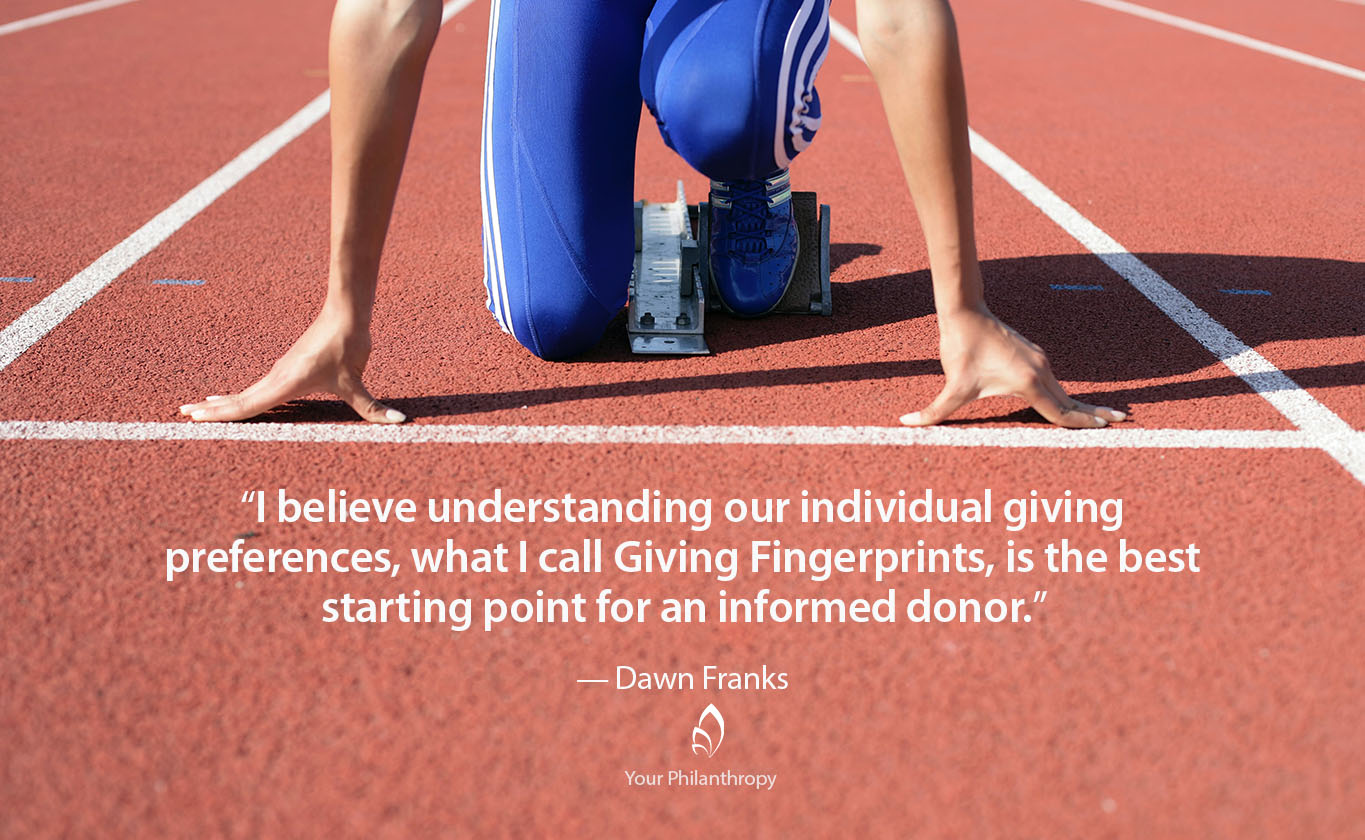My date and I headed to the zoo for a fun afternoon. With curiosity as a guide, I expected to enjoy the animals and maybe answer a few questions about a guy I found interesting and thought I might like to keep around for a while.
The zoo had areas designed to see the animals in their natural habitat but included a walkthrough area where we could get closer to some animals. I was interested in seeing the teenage giraffe, not quite fully grown but still very tall.
Standing on one side of the fence, all 5’6″ of me, my date with a bird’s eye view, and the lanky, long-necked giraffe up close resulted in quite a surprise.
Leaning in to study the markings, I heard a strange guttural sound followed by something warm on my head. My guy started laughing while I reached up to feel what?
Spit. I jerked away as fast as my hand landed in the sticky saliva. And my guy could barely control waves of laughter.
Despite being the victim of a giraffe bomb, I continue to be fascinated by their long legs and necks. And there is the amazing ability to clean their eyes with their tongue and more astonishing recent research that suggests they are capable of statistical reasoning.
Carrots, the favored snack, could be predicted with brain power rather than sniffing, avoiding the least favorite snack of zucchini. Interestingly, despite the giraffe’s small brain size compared to their body, they can learn and predict.
We’re accustomed to animals smelling their way through life, assuming that all noses are created equal.
Similarly, we assume that nonprofit organizations we follow, volunteer, and donate to are all the same. How different could they be despite services, budget size, location, age, etc?
The Trap is Set
My favorite organization is holding its annual fundraiser. I attend because I like the cause; it’s important work. I know others at the fundraiser I like and enjoy being around. I spend two or three minutes with the executive director or other staff during the evening. They are nice, seem smart, and know how to tackle the issue.
I even know a board member or two, their spouse or sister, or their neighbor down the street. Then the executive director gets up and, over the hubbub of voices, thanks us all for being there, telling us our gift is meaningful and we’re making a difference. We like him; he’s energetic, it’s clear he knows what he’s talking about.
Sealed Deal
My gift will make a difference. I will have an impact on an important cause. The deal is sealed. Emotional decision-making is in the driver’s seat.
I encourage research, questions, and communication so donors can make their best decisions. I believe understanding our individual giving preferences, what I call Giving Fingerprints, is the best starting point for an informed donor.
But that’s all work; sometimes it’s hard work.
Stuck inside recently, I read “Cesar’s Way” by the dog whisperer, Cesar Millan. Drawing on John Gray’s catchy title, “Men are from Mars and Women are from Venus,” Cesar says, “Humans are from Saturn and dogs are from Pluto.”
I liked the analogy, and it made me wonder what words I would use for donors and nonprofits. This is no simple task. But here goes.
Donor-Nonprofit Relationship Simplified
Donors are spectators, feeders and handlers, even birthing coaches. They have the best intentions, provide needed care, and sometimes watch from afar to protect giving pockets.
Nonprofits are like animals, fish, or birds we find in the zoo. They’re all in there. Sometimes, their habitats overlap, and their favorite foods and habits are similar. They can look cuddly as a panda bear, yet must compete to survive.
Five Ways to Be Smart
- Donors never assume the organization is making an impact because the executive director has a great thank-you speech.
- Nonprofits never assume that three minutes of face-time, a firm handshake, and an envelope tucked into the newsletter will generate a gift.
- Donors use the time and move past the niceties even if have only a few minutes with nonprofit leadership. To feel good about your next gift, ask the burning question you need to know.
- Nonprofits remember that it is also true that donors are not all created equal. They have different interests, passions, and questions. Ask questions to learn what they care about at every opportunity.
- Donors and nonprofits learn about the relationship dynamics that drive giving and receiving.
As donors, we must understand the nonprofit’s why (mission), what (their services), and how it gets done.
If the relationship is more than a handshake distance, we can make too many assumptions and find disappointment from unanswered questions and surprises. I got too close to the giraffe because I didn’t know. Pay attention and avoid the spit.
Like it. Use it. Share it. Comment below.


Good advice!